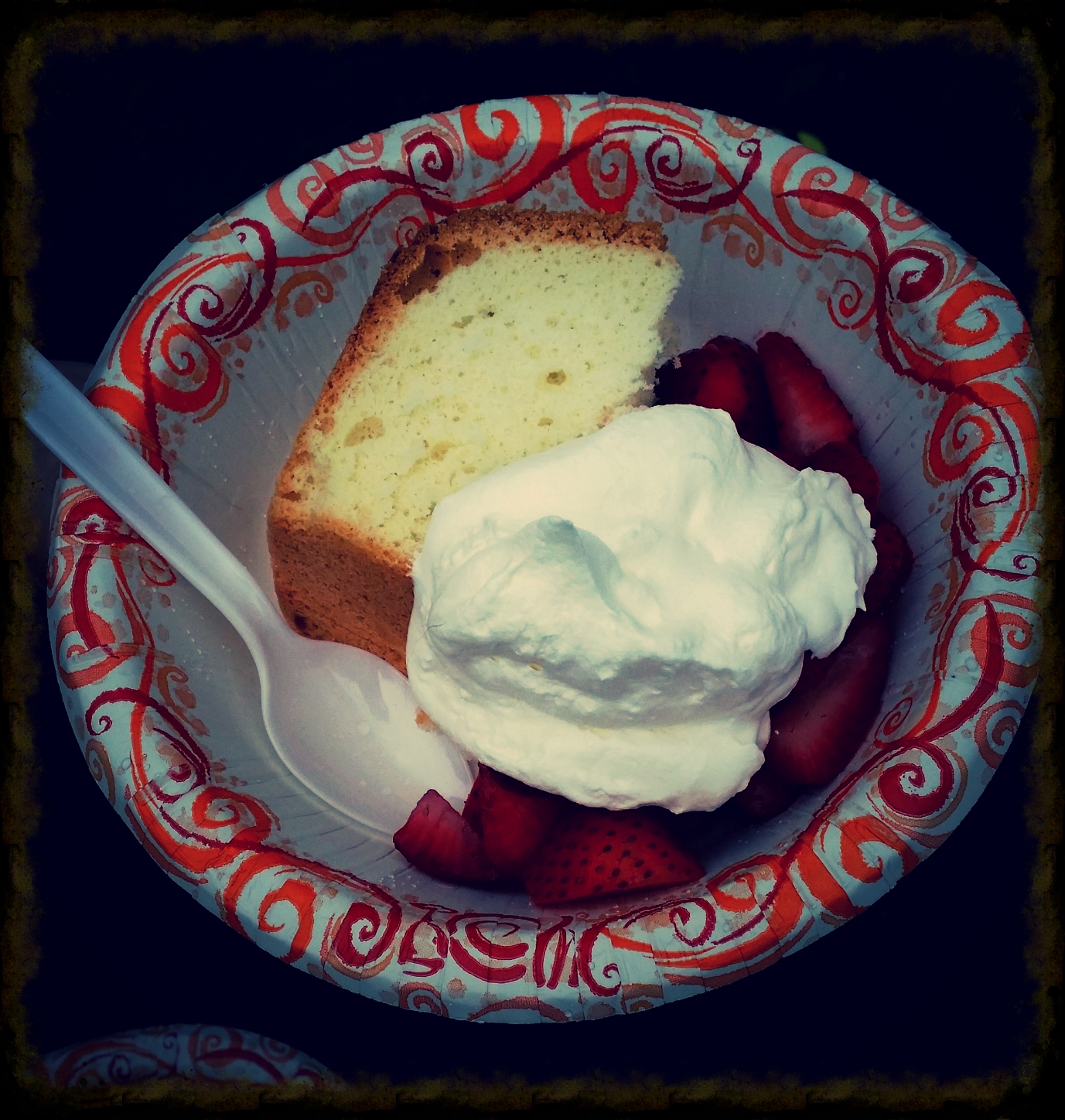Boozy Seder Plate Prep
Passover's coming and the first night falls on Friday, April 22nd this year. That means that The Man and I are checking our list (and checking it twice) to see what we can make ahead of time before our raucous gaggle of friends and family descend upon our house, ready to eat, drink, and retell the story of the Israelites' Exodus from Egypt.
So, those of you who have attended a Passover Seder at our house, you know we go big. We are very child-friendly and there are copious amounts of chocolates and candies for the kiddos. But we are also very adult-friendly. And that means booze. Lots of it.
The Passover Seder is known for its Four Cups of Wine symbolizing God’s relationship to the Jewish people: “God spoke to Moses: Tell the children of Israel: I will bring you out… I will rescue you… I will redeem you… I will take you for me as a people and I will be for you as a God…” (Exodus 6:2-7). But The Man and I are not ones to leave well-enough alone. Over the past few years, we have been developing cocktail recipes for shots to represent some of the symbolic foods on the Seder Plate. The first one we developed was inspired by the horseradish vodka served at Chicago's Russian Tea Time restaurant. [Stay tuned, because this shot is not the last one!]
One of the steps in the Passover Seder is the blessing over, and consumption of, bitter herbs (known as maror). Most Jews use horseradish for the maror and whether you eat it straight from the root or prepared from the jar, it is sure to clear out your sinuses (and recall the suffering of slavery). But what if you were to drink a shot of ice-cold horseradish-infused vodka? You should really try this; you won't go back.
Recipe for Maror Shots
Ingredients:
1 bottle of good potato vodka
4 oz horseradish root, peeled and sliced thin.
2 tbsp peppercorns
Dried red chili peppers, to taste
Instructions:
Combine ingredients in a large, tightly sealed jar. Shake occasionally and let sit for 24-36 hours, tasting occasionally after 24 hours.
When it's strong and to your liking, strain and rebottle. Store in the freezer.
[Bonus holiday hint: If there is any leftover vodka, try breaking your Yom Kippur fast with it in the fall!]









































